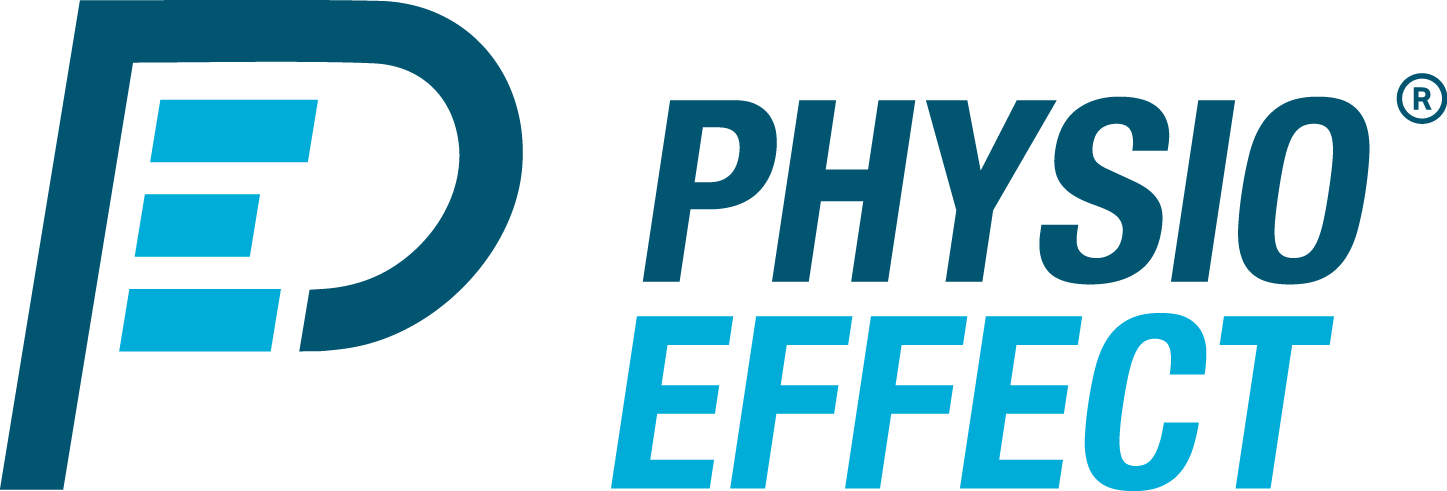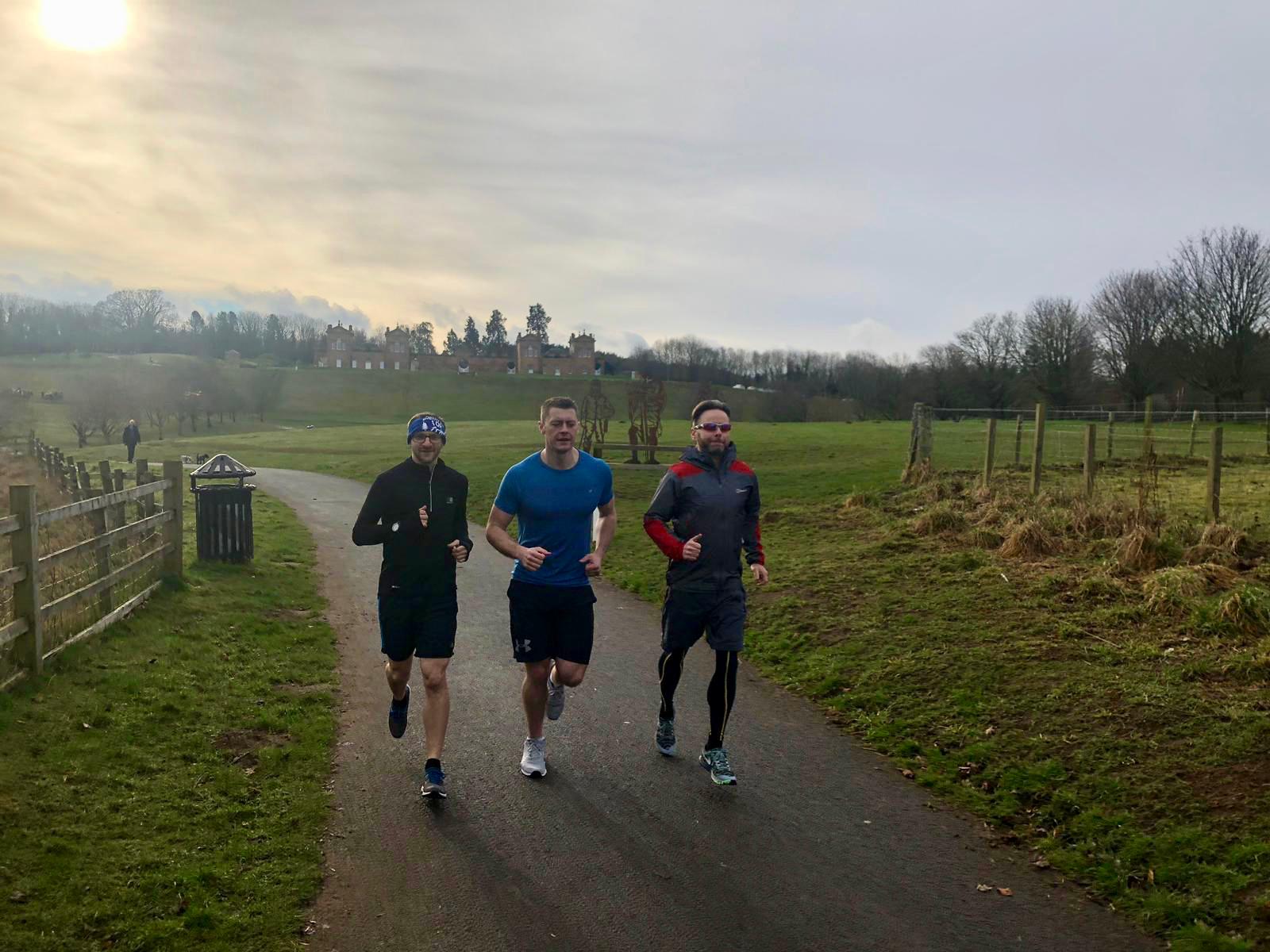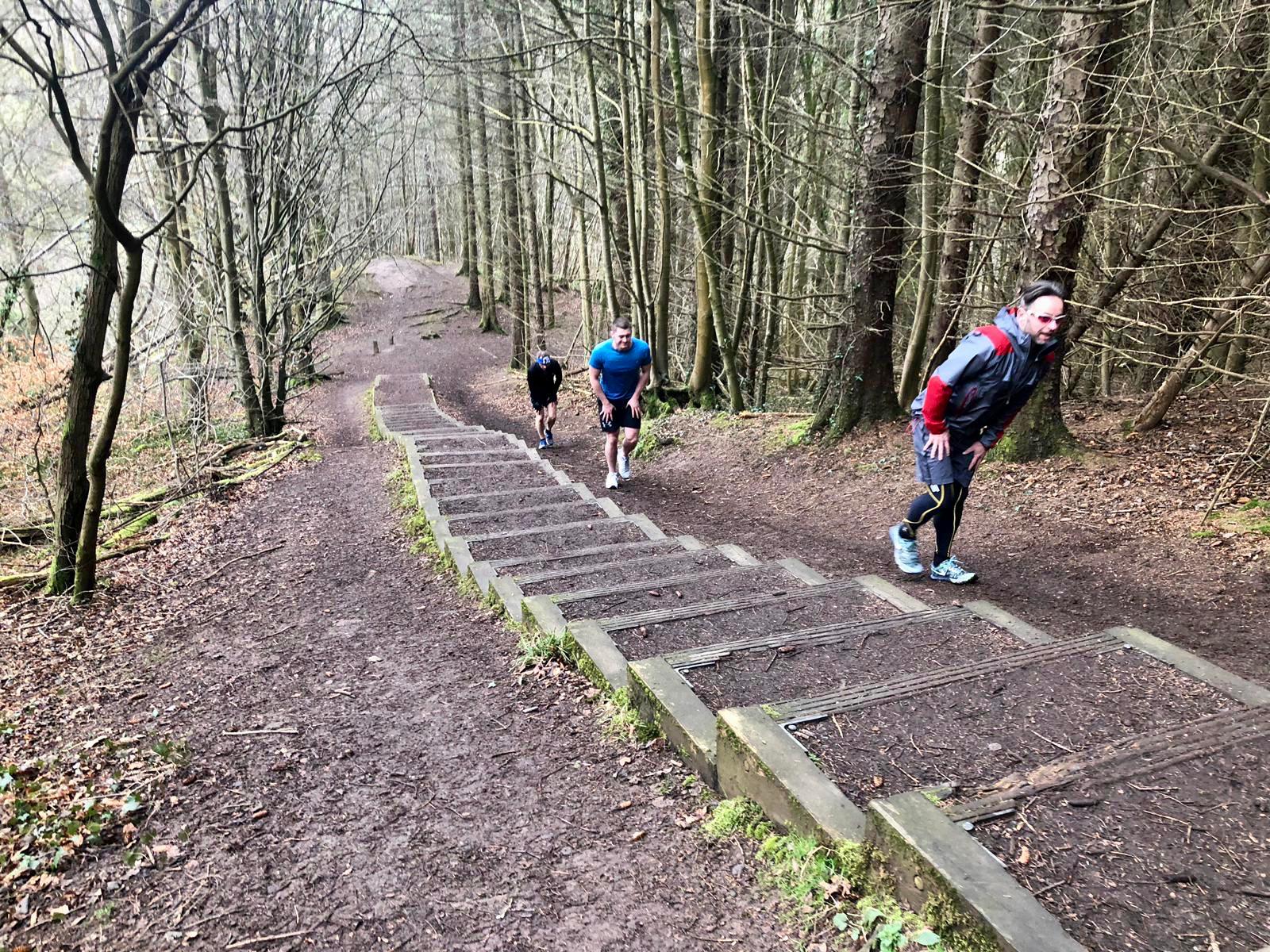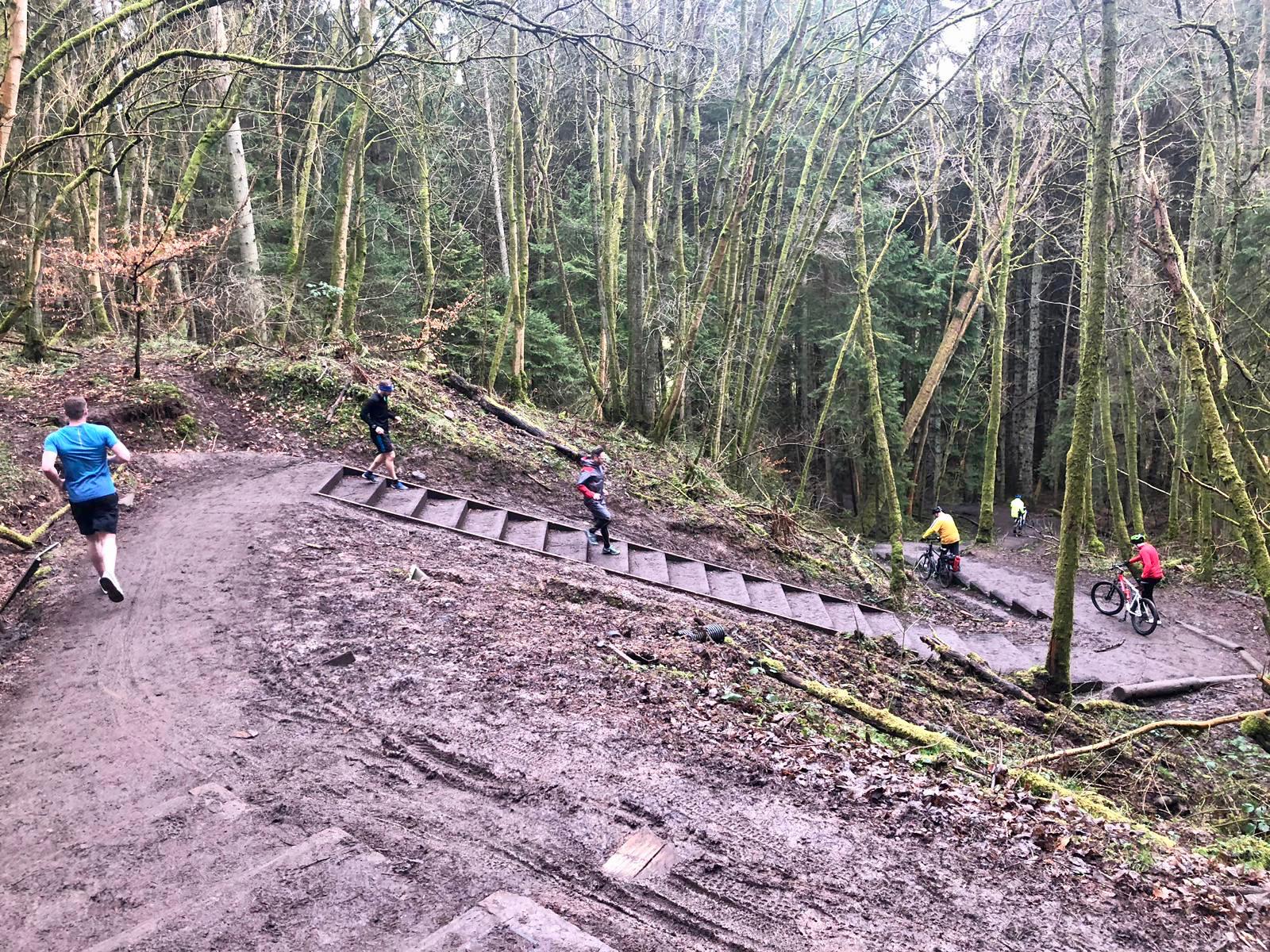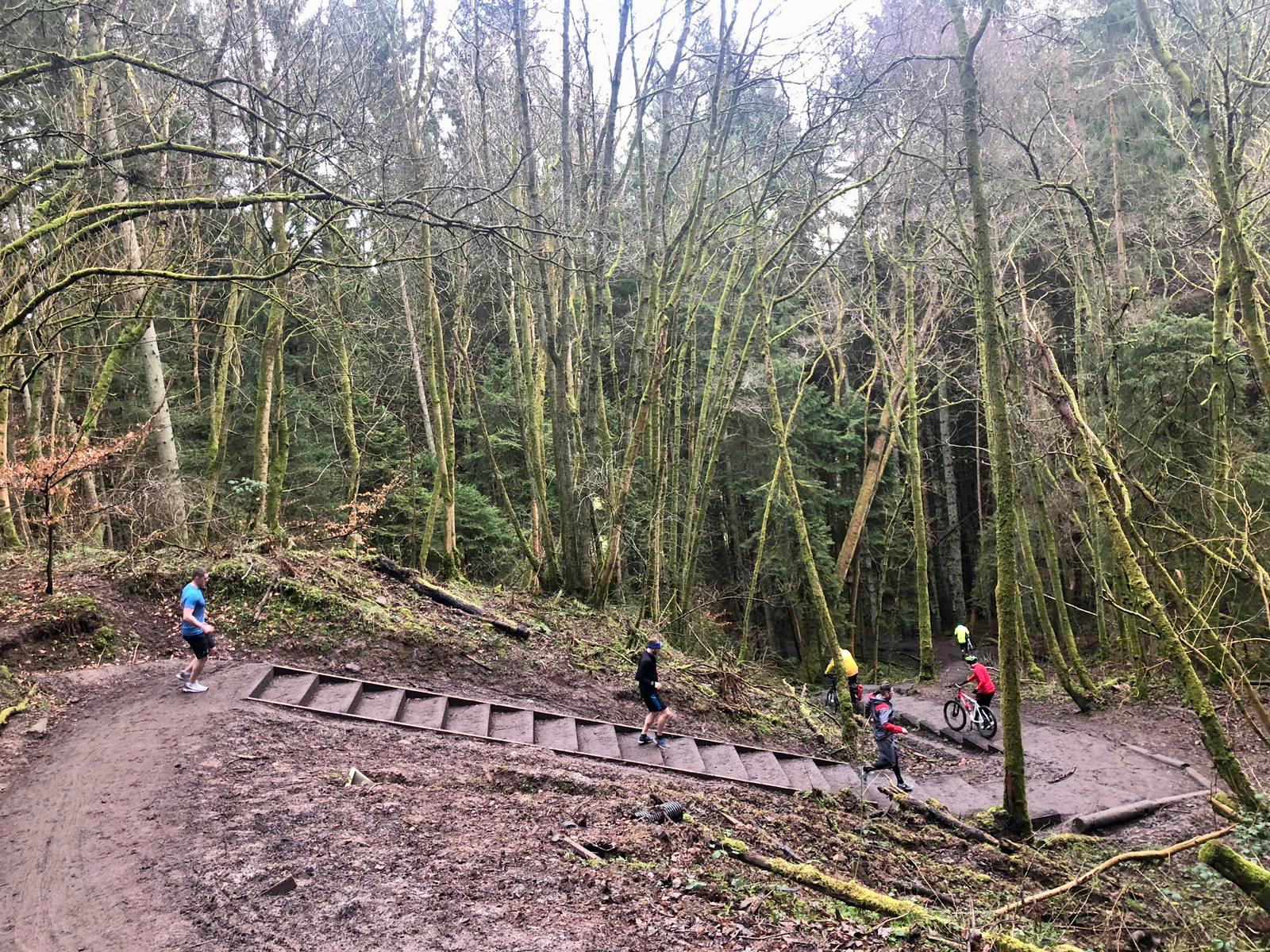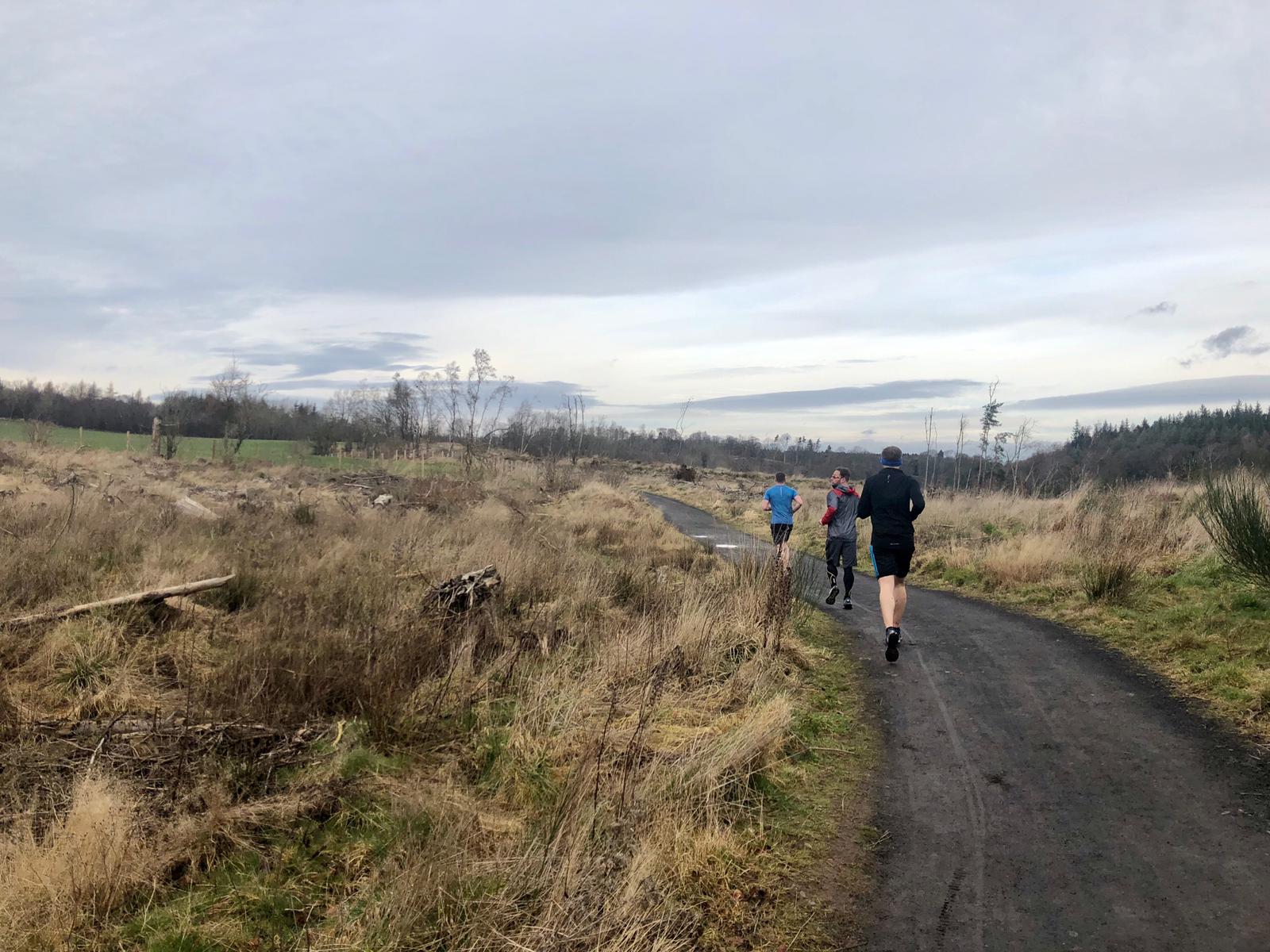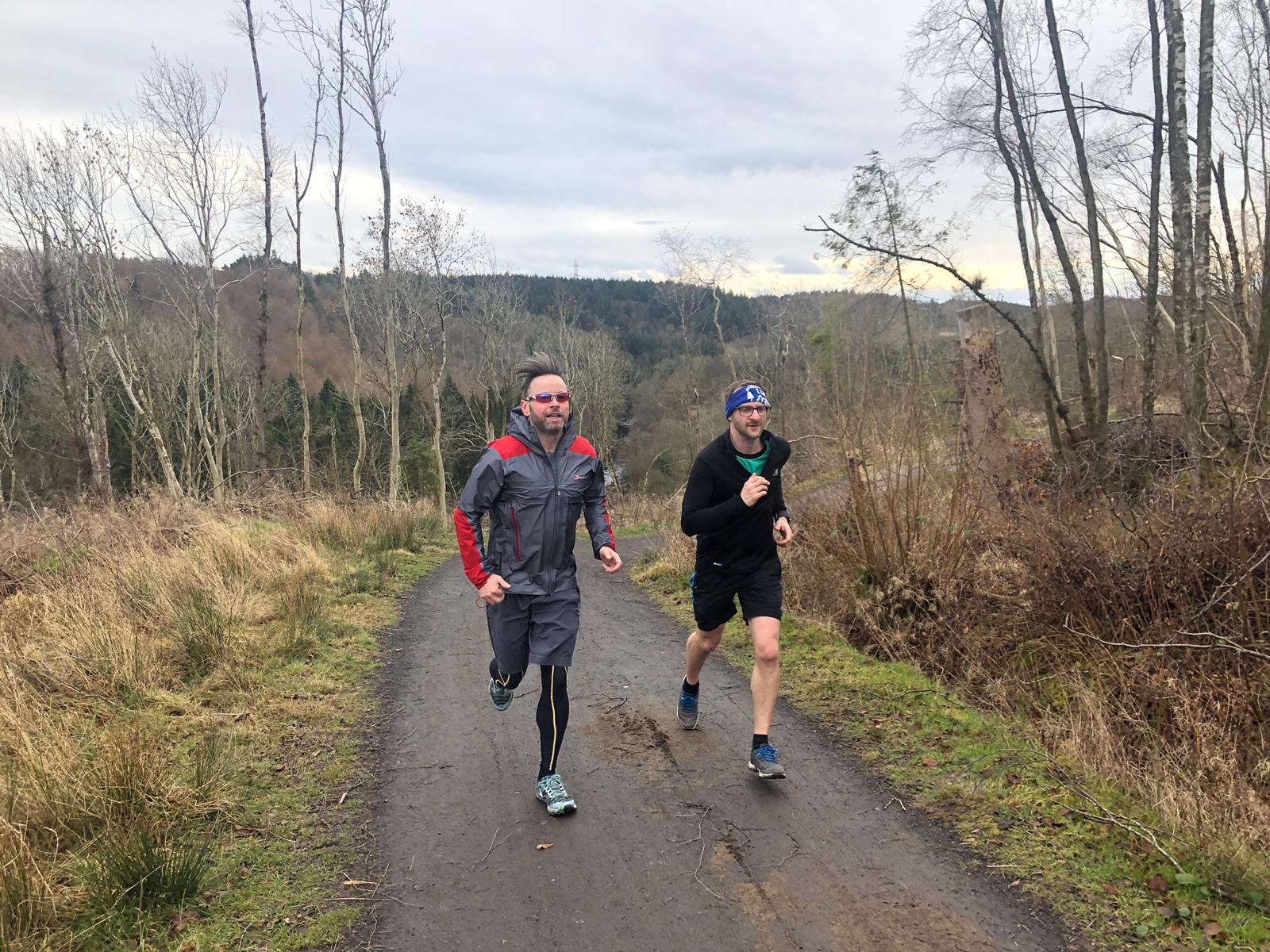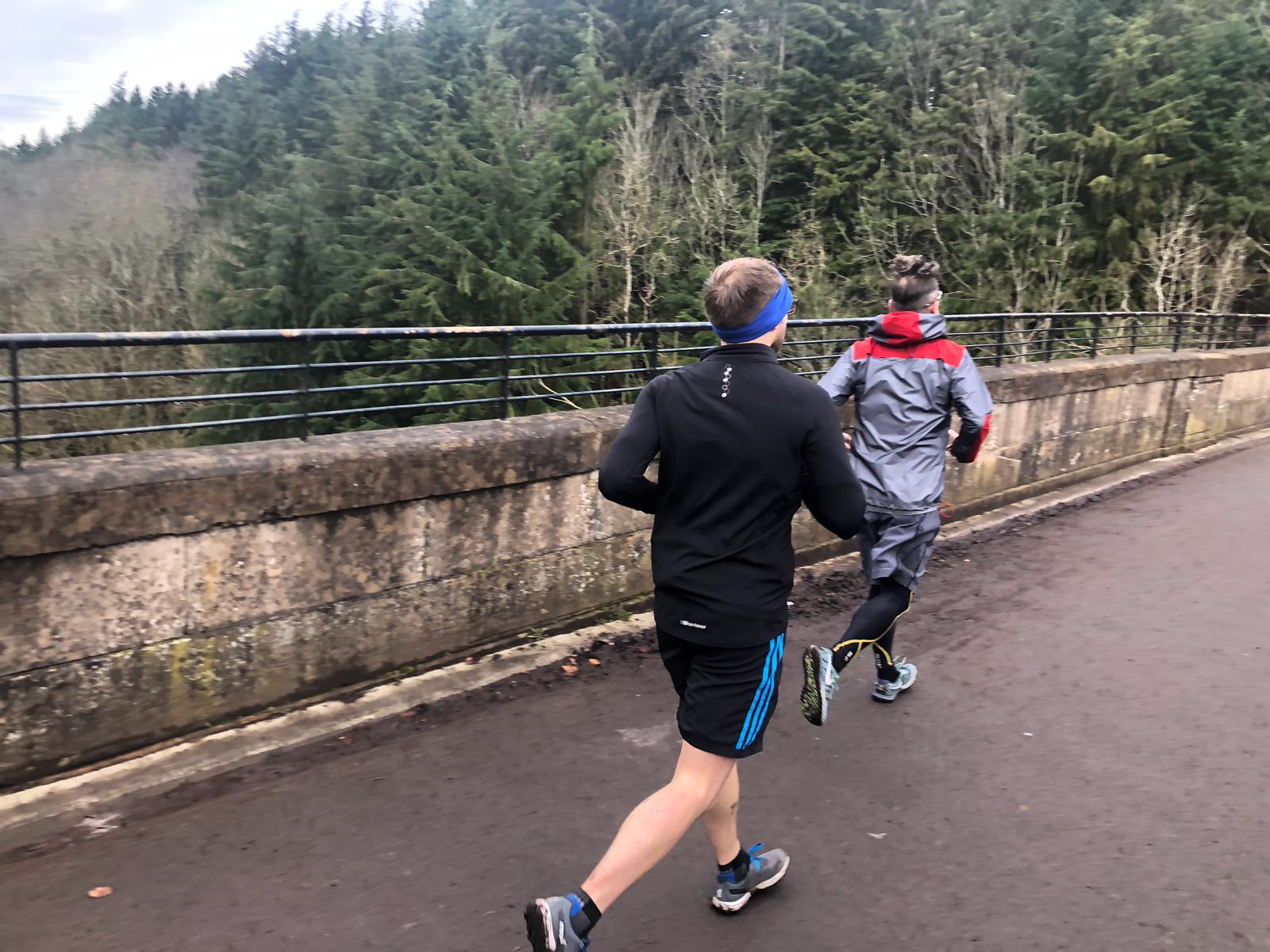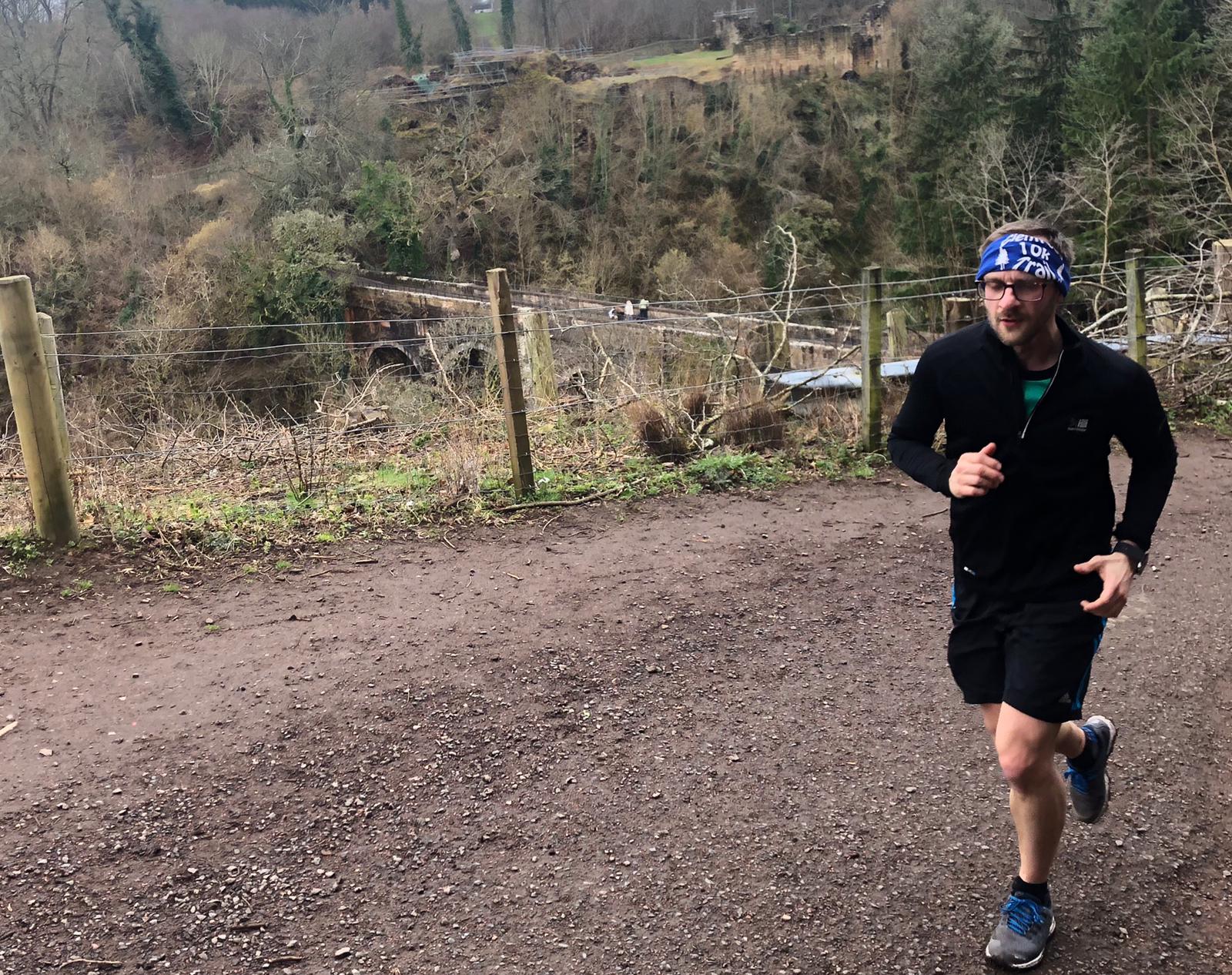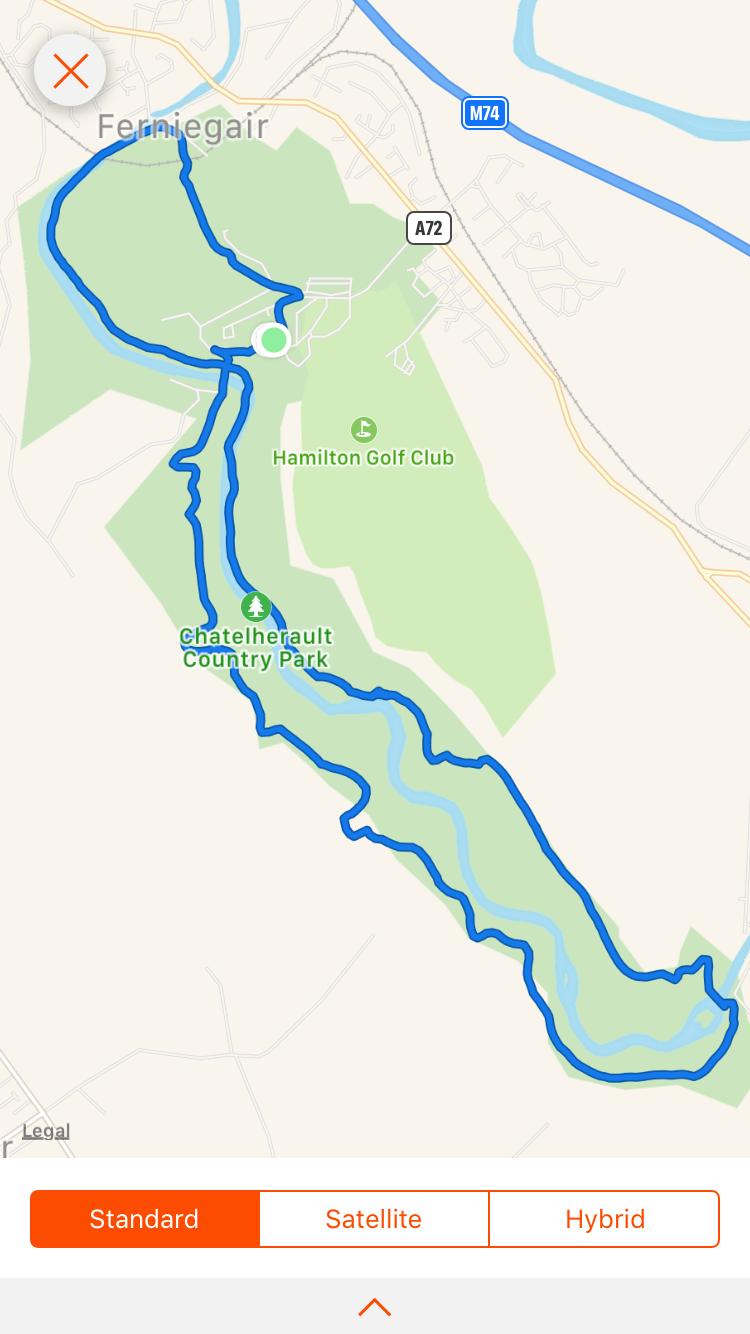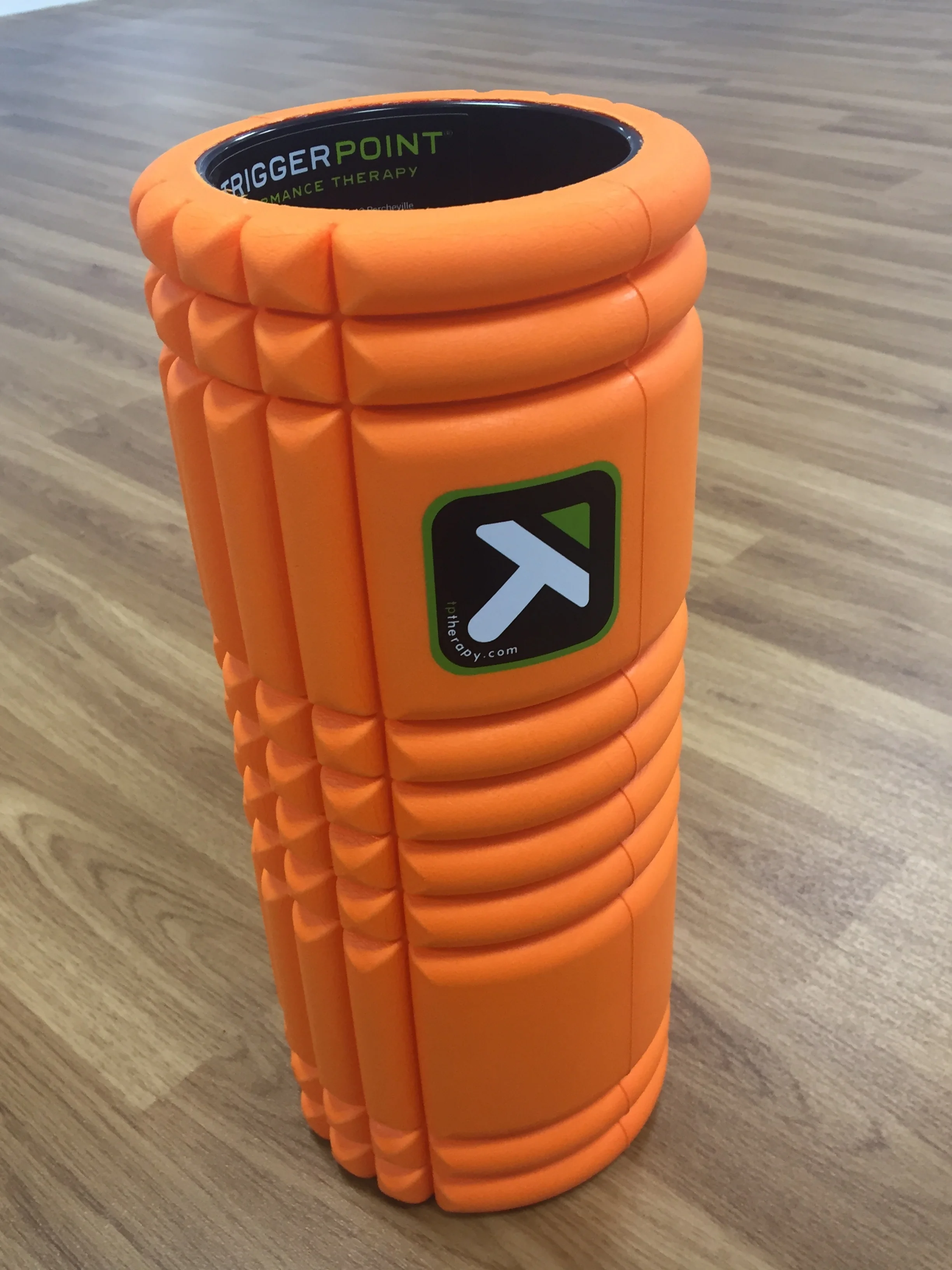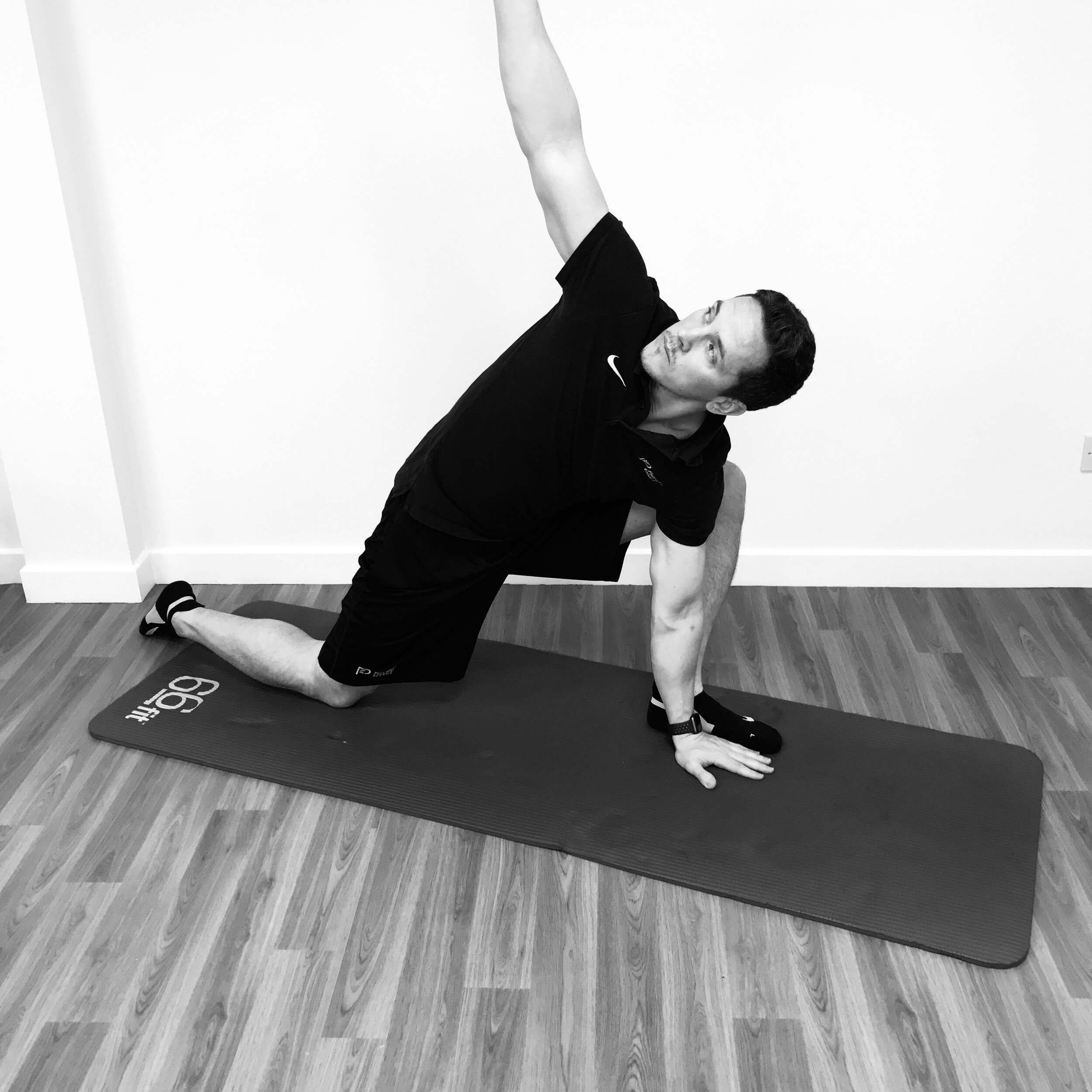New runners are often the most vulnerable to injury. Your body needs time to adapt to the new loads and demands that running puts on your tissues and joints. This blog provides expert advice on preventing overload and injury through planning, awareness and patience as well as tips on how to maintain tissue strength and flexibility to minimise injury risk.
Stiff back? Try our simple six step mobility routine
Stiff achy hips? Tightness or weakness and what can you do about it?
Tight shoulders? This routine will fix you up
Check yourself before you wreck yourself - Injury prevention for knees and hips
Injury prevention is obviously preferable to injury cure. It is common for people to adapt their work desks and equipment to improve their posture as a form of injury prevention. It is also common for gym-goers and athletes to practice good form when using weights as a means of injury prevention. What is uncommon is paying attention to and correcting our most frequently used movements that arguably have some of the more devastating effects on joints if performed badly over a lifetime.
Trail With Us - first session report
On Saturday March 2nd, we had our first trial trail run at Chatelerhault Country Park - it was a great session and we definitely got the best of Saturday’s weather!
A small number of beta-testers agreed to come on our trial Trail With Us run on Saturday morning…
To find out more about the informal group - please click here.
If you’re interested in joining us in future please fill in the form below - we will change the venue around and make it so it’s accessible for walkers/ runners and everyone in between - we’re even talking about having a buggy-friendly route!
View some of the footage from the event here and even more on our YouTube Channel
5 Tips To Keep Your Health & Fitness Goals On Track
Clinical Yoga - from a client perspective
When Raz Leonard, one of our Physio Team, suggested developing Clinical Yoga to create a platform for her to be able to help Physio Effect clients have another options through which to achieve their goals, we thought it was a great, and really interesting idea! Read more to find out how our Clinic Manager, Sarah, got on!
Case Study: Frontal Knee Pain (Part 3)
Single leg exercises should be incorporated in strength and conditioning sessions as it is the best way to mimic the single leg work required in running with landing and push-off. It is also a good way to identify any imbalances from one side to the other. In the final part of this series, Jonny’s pain had largely settled and his rehab focused on single leg control. He also practiced a more efficient running technique to minimise loads placed on the knee.
Dry Needling: The most effective pain treatment you may never have heard of!
Are you taking a HIIT in Training?
Back Strengthening Exercises for Desk-Based Workers
Running injury prevention; do you need a musculoskeletal screening?
Sports-specific screening available!
Musculoskelatal screenings are available from our team of experienced and expert Sports Physiotherapists – but what is it? Imagine, someone could look you over and help flag issues before they become injuries!
Here's what Jonny says:
“A 60-minute assessment which will include a full body assessment of flexibility, strength, balance and body control to highlight potential for injury or problem shoot issues experienced by a runner. This may also include treatment if needed as well as education on issues flagged up with suggestions of how to fix these.”
We have a broad spectrum of sports expertise here at Physio Effect – everything from running, martial arts and football to rugby, mountain biking and roller derby! Whatever your sport or activity, whatever your level, we’ll be able to assess and treat you!
#KnowledgeShare – Shoulders Month – Mobility Exercises
#KnowledgeShare – Back Mobility
Foam Rolling: What is it? What’s the Evidence? How to apply it!
Self-myofascial release is a name given to the use of equipment or tools to perform self-massage and stretching with the aim of increasing joint range of motion and improving muscle recovery and performance. One of the most commonly used tools is a foam roller. You will often see people in gyms attempting to manoeuvre their bodies in various positions over one of these rollers.
Kinesio-Taping
Despite the clear lack of evidence for its use the spread of kinesio-taping throughout health and sport practices does not appear to be waning. As a Physiotherapist with more than 10 years in clinical practice I have been officially trained and certified as a kinesio-tape practitioner and while I recognise the lack of hard clinical evidence I do still have a place for using kinesio-taping in my practice.
